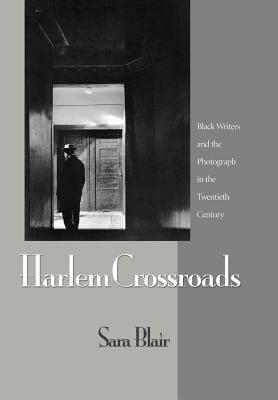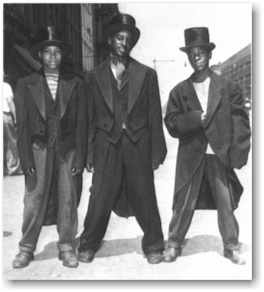Book Review: Harlem Crossroads: Black Writers And The Photograph In The Twentieth Century
Book Reviewed by Kam Williams
’The story I tell begins with an introductory account of how photography came to Harlem- that is, how Harlem became, after the Renaissance and at the inauguration of a new era of the mass image, a signally important proving ground for photographers testing the possibilities of new stylistics and new relations to their subjects…
Certain projects for documenting Harlem in the wake of its ’first great’ riots predicated themselves on the fraught history of looking in that place, and on the residual histories and afterlives of Harlem as America’s black metropolis, a distinctive site of social encounter. These projects’ inaugurated an alternative vector of documentary imaging, site-specific and self-conscious, to which a host of writers were attuned’
[This] book tries to bring this untold story to light and to argue its importance for American literary history, photographic history, and the rapidly shifting cultural field in the 20th C. U.S.’
’Excerpted from the Preface (pgs. xviii-xix)
Is it possible that African-American literature was heavily influenced by the emergence of photography as an art form? This is the contention being made by Sara Blair in Harlem Crossroads, a groundbreaking book which theorizes that, since the mid-Thirties, leading black literary figures have been rather responsive to the visual image.
|
|
As proof, Blair, a Professor of English at the University of Michigan, points out instances where the two disciplines have intersected, including the collaborations of poet Langston Hughes with photographer Roy DeCarava, of James Baldwin with Richard Avedon, the reliance of Richard Wright upon WPA-era archives, Lorraine Hansberry’s being inspired by Civil Rights Movement coverage, and more recently, Toni Morrison’s invocation of iconic imagery from the Harlem Renaissance in her historical novel ’Jazz.’
I must warn the curious that this opus that, while a remarkable accomplishment, offers the reader more of an intellectual than an emotional experience. That disclaimer out of the way, the tome remains highly recommended as an informative, thought-provoking academic enterprise. This is because of the author’s reliance on extensive research which enabled her to support her central thesis, not only with words, but with about a hundred fascinating photos.
Worthwhile for these illustrations alone, the snapshots from the now distant past preserved forgotten Harlem tableaus ranging from a chef selling home-cooked meals from a tenement window, to a naked burlesque show stripper performing with a live jazz band, to arrested rioters sitting in the back of a paddy wagon, to the deeply-etched face of an elderly ex-slave. And when you factor in the ingenious fashion in which Sara Blair matches these pictures with the works of African-American literary giants, Harlem Crossroads adds up to a masterpiece making a noteworthy cultural contribution.


